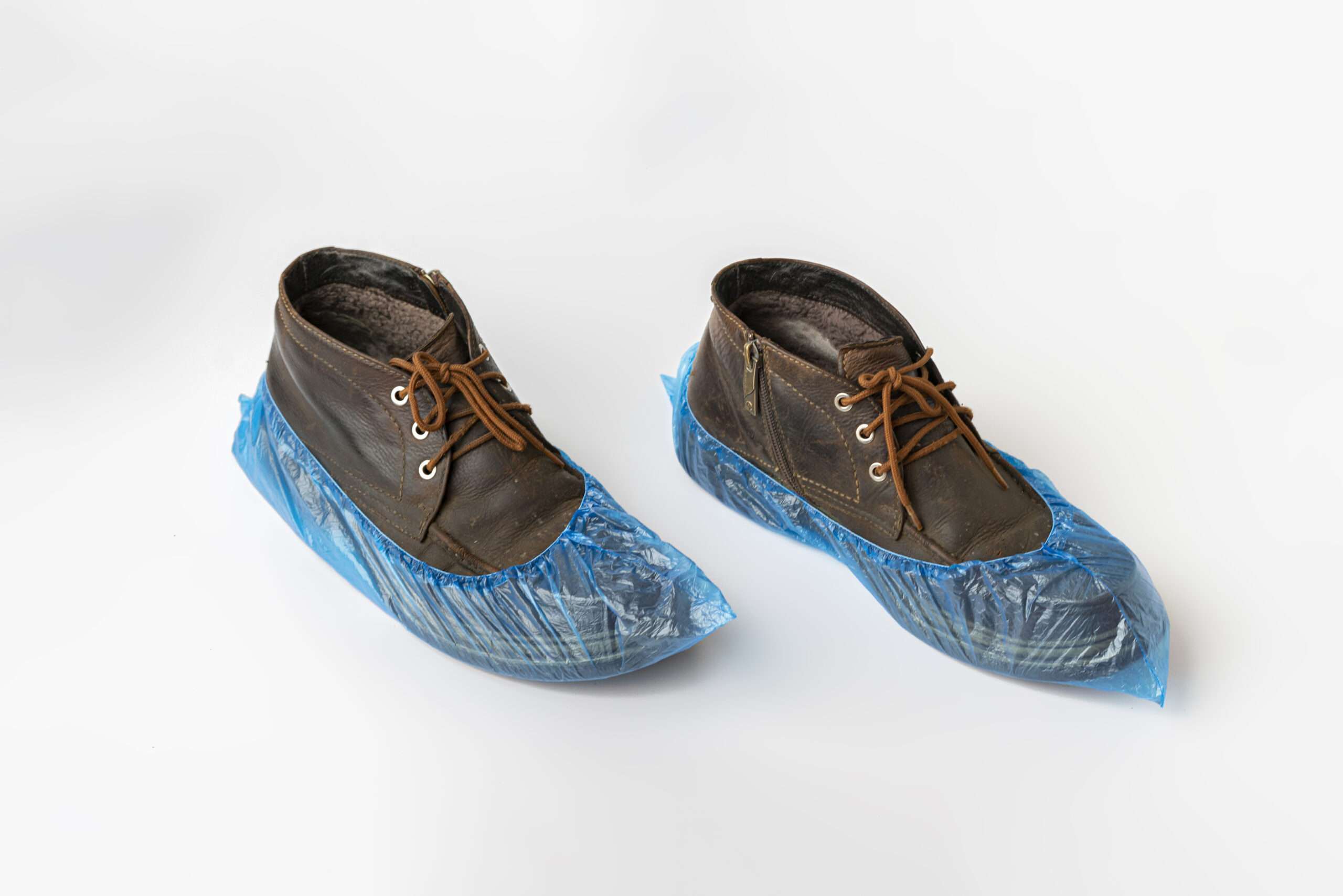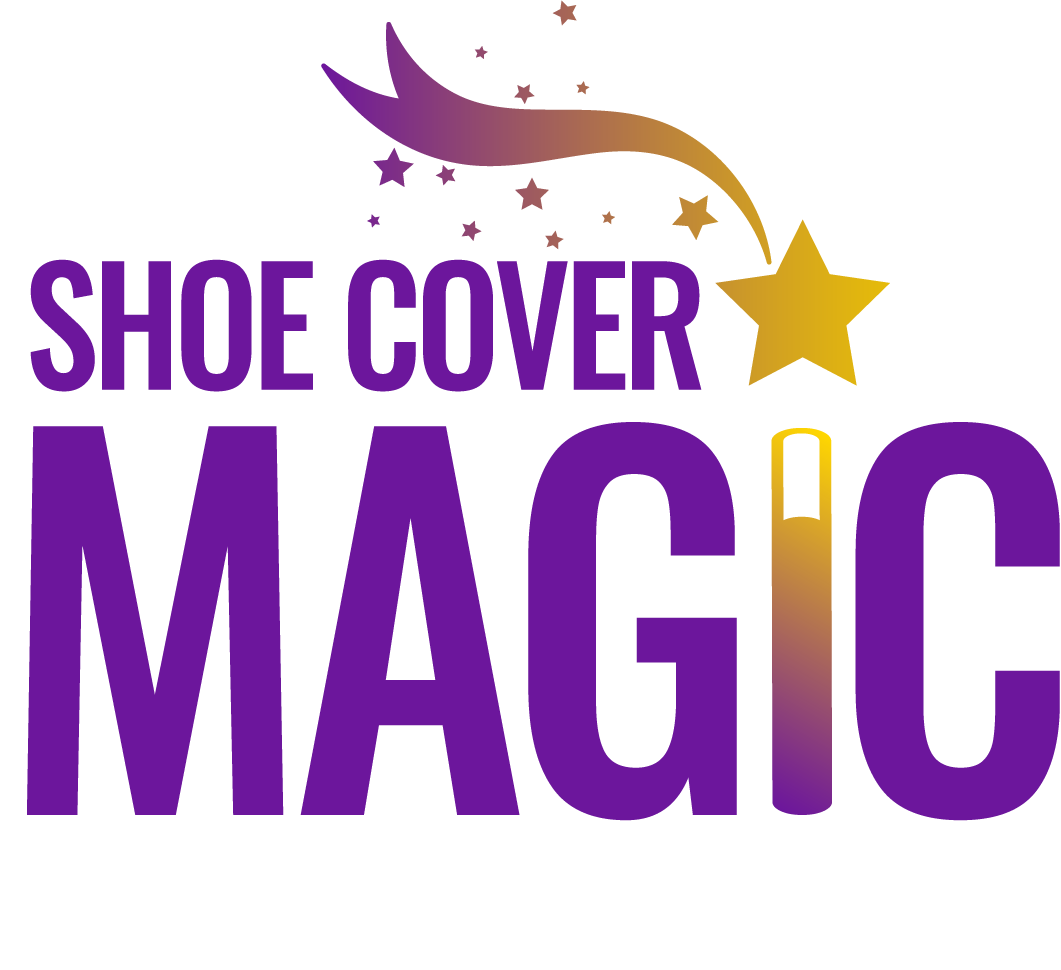
22 Jan Why Shoe Covers Are Not Made Equal
Understanding the Differences between Anti-Static, Anti-Skid, Waterproof, Industrial Wear, and Light Use for Clinics
Shoe covers are an essential item in many industries, within our home base in Alberta to across Canada, providing protection for both workers and the environment. Whether you work in a medical facility, a laboratory, a construction site, or any other industry where hygiene and safety are crucial, it is important to understand that not all shoe covers are created equal.
Different industries and end users require specific features and benefits, and that is why shoe covers come in a variety of types and materials to cater to these diverse needs. In this blog post, we will explore the differences between anti-static, anti-skid, waterproof, industrial wear, and light use shoe covers, and how they serve their respective industries and end users.
Anti-Static Shoe Covers:
In industries where static electricity poses a risk to sensitive electronics and equipment, such as electronics manufacturing, laboratories, and cleanrooms, anti-static shoe covers are essential. These shoe covers are made from materials that prevent the buildup of static charges, ensuring protection against electrostatic discharge (ESD). Anti-static shoe covers help maintain the integrity of delicate electronic components and prevent potential damage.
Anti-Skid Shoe Covers:
Slip and fall accidents can lead to serious injuries in various work environments, including construction sites, laboratories, hospitals, and restaurants. Anti-skid shoe covers are designed with patterns or materials that increase traction, reducing the risk of slips and falls. These shoe covers usually feature non-skid soles or anti-slip coatings to improve grip on various surfaces. By providing better stability and preventing accidents, anti-skid shoe covers contribute to a safer work environment.
Waterproof Shoe Covers:
When it comes to industries like food processing, agriculture, pharmaceuticals, and even homes, where wet and messy conditions are common, waterproof shoe covers are necessary. These shoe covers are typically made from waterproof materials such as polyethylene or polypropylene, designed to keep feet dry and protect shoes from water and other liquids. Waterproof shoe covers are an effective solution for maintaining cleanliness and preventing cross-contamination in these industries.
Industrial Wear Shoe Covers:
Certain industries, such as construction, oil and gas, and manufacturing, require shoe covers that can withstand rugged conditions and provide additional protection to workers’ shoes. Industrial wear shoe covers are constructed from durable materials like a polypropylene base layer and then coated with a layer of chlorinated polyethylene for complete reinforcement and added strength. These shoe covers are often thicker and more resistant to tearing, providing a sturdier barrier against dirt, chemicals, and sharp objects.
Light Use Shoe Covers for Clinics:
In healthcare settings like clinics, dental offices, and hospitals, shoe covers serve the purpose of maintaining a clean and hygienic environment. Light use shoe covers are typically made from light non-woven materials like spun bond polypropylene, offering basic protection and preventing the spread of dirt and contaminants from outdoor shoes. Although light use shoe covers might not be as durable as industrial wear shoe covers, they are cost-effective and disposable, ensuring a fresh pair is readily available for each use.
It is important to note that while the above types of shoe covers have specific features and benefits tailored to their respective industries, there can also be overlaps and combinations of these characteristics. For example, a shoe cover could be both anti-static and waterproof, catering to industries where both properties are crucial, such as electronics manufacturing in wet environments.
When choosing shoe covers, it is important to consider the specific needs and requirements of your industry and end users. Factors to consider include the working environment, potential hazards, and relevant regulations. Additionally, comfort and ease of use should also be taken into account, as workers are more likely to comply with wearing shoe covers if they are comfortable and user-friendly.
Shoe covers are not made equal because different industries and end users require specific features and benefits. Anti-static, anti-skid, waterproof, industrial wear, and light use shoe covers are designed to cater to the unique needs of their respective industries. By understanding these differences and selecting the most suitable shoe covers, you can ensure a safer, cleaner, and more efficient work environment.
Call Shoe Cover Magic at 1.888.982.2668 to discuss the right shoe cover for your industry in our home base of Alberta to all Provinces and Territories in Canada.


Sorry, the comment form is closed at this time.